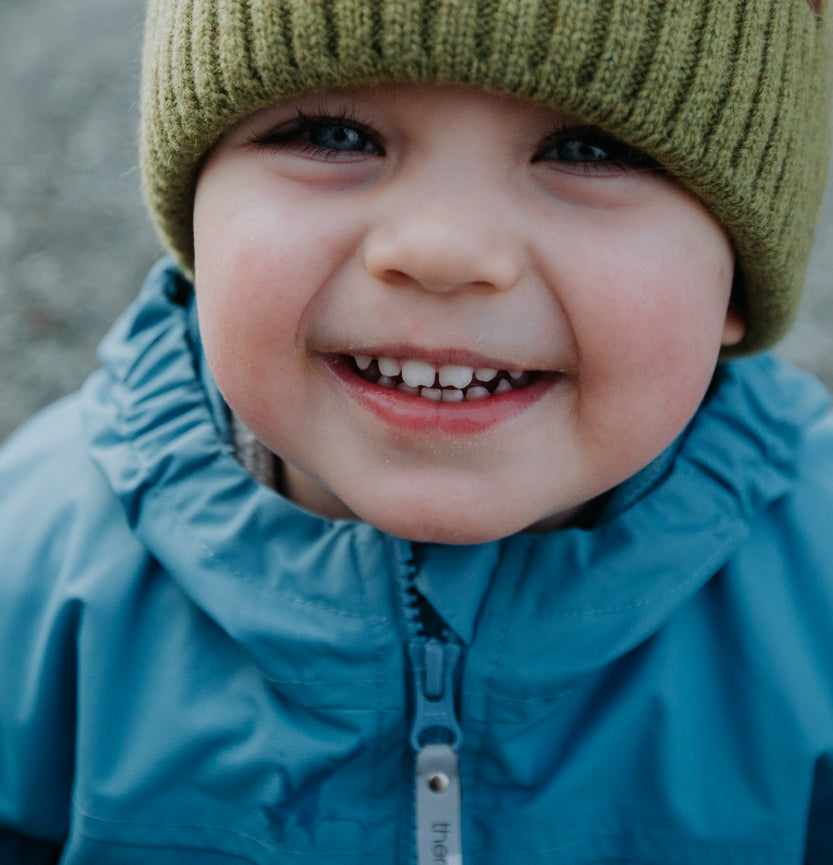Why Risky Play is such an Important part of Childhood


When I think back to what I got up to as a child, I do have some ‘weren’t we lucky’ moments.
Like when we would climb a type of pine macrocarpa hedge and my cousin would go out to the end of the branch and let go, to drop down to the ground with the branches slowing his fall.
Some kids do push the boundaries, my cousin was one of them! But sometimes it becomes more than risky play. It becomes reckless play and there is a difference which is good to understand when outdoors with kids.
One definition of recklessness I came across which sums it up nicely is marked by lack of proper caution: careless of consequences. (Webster, 2019)
Reckless play can lead to significant harm and this is when to step in and talk about what we see, what our role is (keep them safe from significant harm) and how to engage in play without being reckless.
Risky play is often defined as play that provides opportunities for challenge, testing limits, exploring boundaries and learning about injury risk. (Sandseter (2007; Little & Wyver, 2008).
Activities that are classed as risky could be things like climbing, balancing, hanging upside down, jumping from a height, swinging and sliding. These are all great at building resilience, self-regulation skills and confidence in one’s self and their capabilities.
When children experience lots of risky play in their younger years, they learn a lot about assessing risks, coping with stressful situations, social interaction what emotions occur when they are in challenging situations, strategies to help take steps outside their comfort zone and what their limitations are. (Sandseter, 2010)
These skills are so beneficial to our children’s developing brains and the skills transfer into other areas of their lives. For example, they can use what they learnt when climbing a tree and how they overcame that challenge when they feel nervous standing up to give a speech in front of their class.
What happens if children don’t engage in much risky play when they are young? What impact can that have on the way they play when they are older?
It is common for children who don’t experience much risky play in their younger years to test it out when they are older and when they are not under supervision.
This can lead to children engaging in activities that are less risky and more reckless. A good example of this is driving fast cars, acting out dares with friends or experimenting with drugs and alcohol.
As parents, it’s vital that we provide opportunities for our children to engage in risky play throughout their time with us. This will help them with their decision-making skills when they are older and when they don’t have someone guiding them.
So, how do we encourage our children to engage in risky play when society is regulating and managing our play spaces to reduce the risk (and the fun)? Most children don’t need encouragement they just need the right environment and the right clothing (I’ve heard Therm do some great stuff 😊 ).
- You can set your backyard up with lots of loose parts that can be moved around to create opportunities for climbing, jumping, balancing and swinging. Things like wood rounds, planks, hay bales, ropes for swings or something that can be stacked up.
- Exploring your local parks and reserves to find places out in nature that provide risky play opportunities is another great idea. You can often find good tree climbing trees or logs for balancing, even a dirt bank or sand bank for climbing and jumping and along rivers you often see some great rope swings.
- I encourage people to move away from the playgrounds and into their local parks and reserves when thinking about risky play. Playgrounds are designed to be used one way and when the children get bored or they have mastered the required skills, they end up climbing on top of the tunnel slide or up on top of the fort hut which can be much riskier with potential for a significant fall.
Playing outdoors and in nature encourages children to assess risks for themselves as every branch and every hill is different so the mind is constantly questioning ‘what should I do here’.
- My last tip is to go with other families. Risky play is much more fun when there are others to enjoy it with and other to share the challenges and stories with after!

About the Author: Celia Hogan is the founder of Little Kiwis Nature Play, a provider of professional development programmes focused on embedding outdoor philosophies and nature education into ECE centres and primary schools across New Zealand. For the past 20 years she has worked for a variety of outdoor education organisations internationally, setting up, developing and running outdoor programmes, wilderness expeditions, leadership development programmes and establishing risk management and safety systems. Now with two wild preschoolers herself she enjoys sharing her passion for getting children outdoors and into nature.
https://www.facebook.com/LittleKiwisNaturePlay/
References:
Webster, M. 2019. www.merriam-webster.com
Sandseter, E. B. H. (2007). Categorizing risky play - How can we identify risk-taking in children’s play? European Early Childhood Education Research Journal, 15
Sandseter, E. B. H. (2010). Scaryfunny - A qualitative study of risky play among preschool children, PhD avhandling, NTNU, Trondheim.








